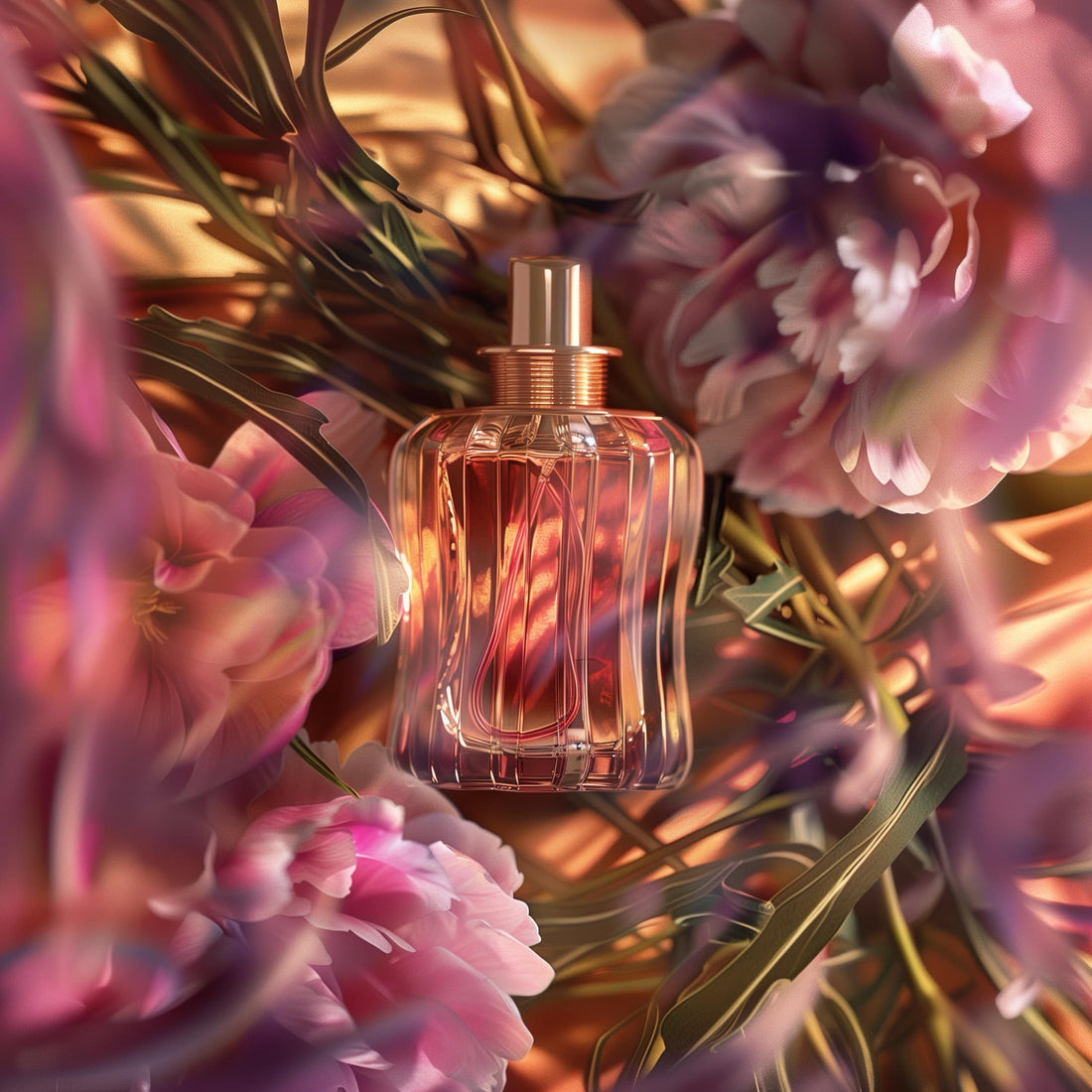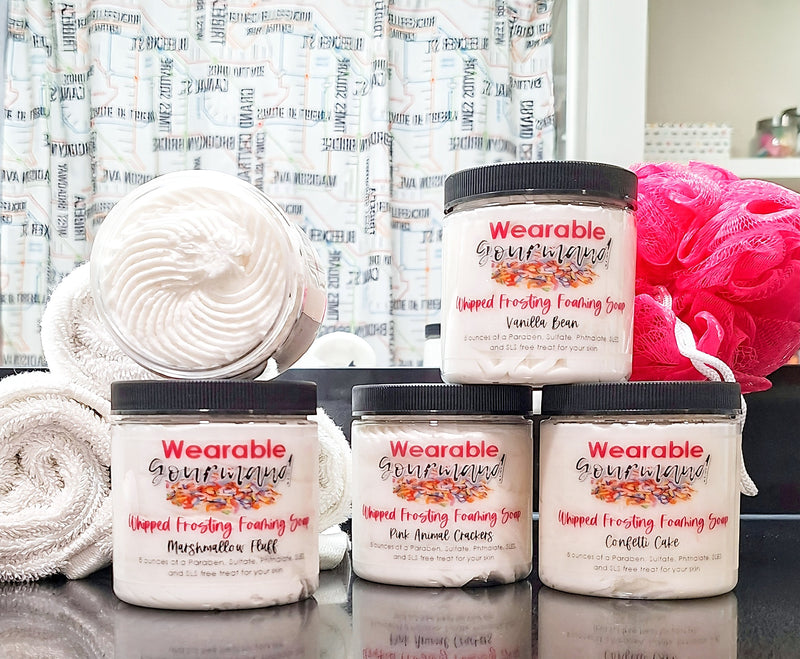
Wearable fragrance: defining the different types
Share
The world of fragrance is a wild place. You just want to smell incredible, to leave a scent trail for those around you (and yourself), and for the fragrances you wear to LAST on your clothes and skin. But how do you accomplish this with endless options on the market?
Wearable fragrance comes in many forms - body lotions, oils, creams, butters, fragrance mists, Eau de Toilette, Eau de Parfum, Parfum, and Extrait de Parfum. But which one do you actually want? Which one fits your needs best? Your answer is likely found in knowing the difference between the fragrance level/concentration in each product.
Fragrance mists contain the lowest fragrance load/oil concentration of all forms of Wearable fragrance. With a low dose of only 1-5% most mass produced mists only last a few minutes on skin. And at that point, why waste your money, right? After all, you are buying fragrance mists and perfumes to smell them actually on you rather than only when you spray them out of the bottle. The masses may disagree, but for me personally, you shouldn't rely on layering multiple products to actually smell them on your skin.
Enter the stronger form of fragrance (and what we specialize in) - perfume. Typically at a higher price point than fragrance mists, perfumes come in many forms. How they are classified is determined by the fragrance load, or fragrance oil concentration. Which one is worth your money? I will let you be the judge!
Eau de Toilette: the weakest form of wearable fragrance EDTs contain a range of a 5-15% fragrance oil concentration for lower wear time and projection.
Eau de Parfum: Sort of smack in the middle the industry standard for EDP is a fragrance load is 15-20%. When made with higher quality fragrance oils EDPs can deliver respectable wear time on skin and clothes.
Parfum: One of the strongest wearable fragrance forms Parfum contains a heavy fragrance concentration of 20-40%.
Extrait de Parfum: the strongest wearable fragrance form with a minimum oil concentration of 20%, maximum oil concentration of 45%.

